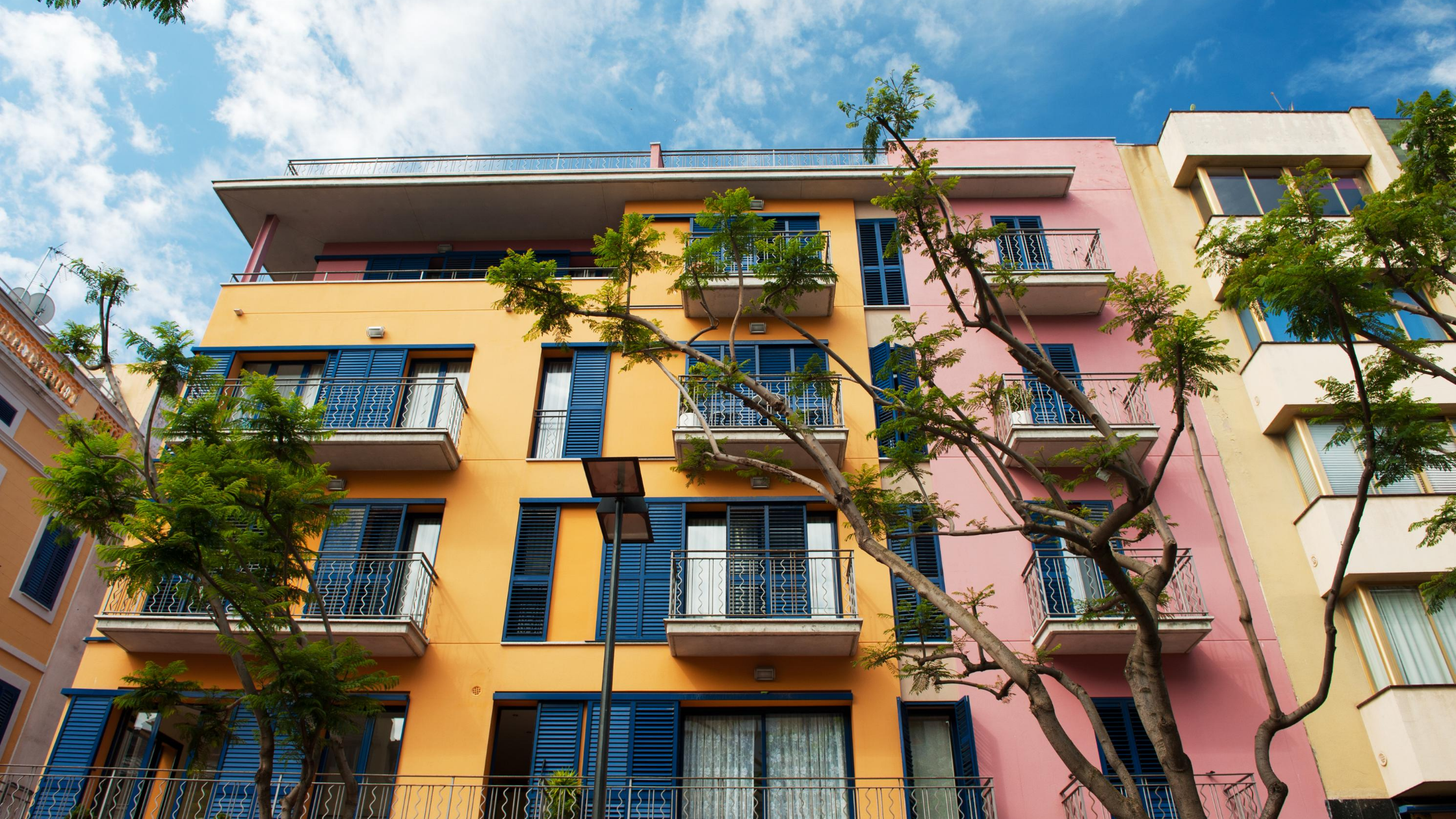Manufactured Homes Solving the 2020 Rental Crisis
October 7, 2020

The current health crisis is wreaking havoc on the economy and people’s lives. According to industry data, about 30% of households have failed to make their full housing payments over the past few months. Even before the pandemic, about 70% of renters were severely cost-burdened, struggling to cover their rental obligations, monthly utilities, and necessities like food, clothing, medical care, and transportation.
During this unstable time, low- and moderate-income renters are particularly vulnerable. While many renters currently earn low wages, others work in industries that have been adversely impacted by the economic fallout of the pandemic. Even worse, millions of renters have lost their jobs because of the pandemic and subsequent economic shutdown. As a result, many of them are no longer able to pay their monthly rent.
Congress and the White House have adopted a series of measures that provide emergency housing assistance for the renters who are already homeless or at risk of homelessness. Although these measures are working for now, it’s imperative that we find a multi-front solution, which could put an end to the rental crisis once and for all.
Understanding Why Manufactured Housing Is the Solution to the Current Rental Crisis
The shortage of housing supply has been a national issue for years. With rising construction costs, shortage of skilled labor, limited land availability, and the pandemic, which has pushed us to the brink of a new housing crisis, the homebuilding industry must come up with an innovative yet viable solution to the continuously evolving rental crisis. Although all the states across the country are struggling to solve their current rental crisis, most of them overlook a solution that’s hiding in plain sight: manufactured housing.
Manufactured housing refers to a non-traditional form of construction methodology. Using state-of-the-art technologies, specialized machines, and standardized manufacturing processes in factory-controlled environments, manufacturers are able to build manufactured homes fast enough in order to meet the growing demand for housing. Adding more manufactured homes to the market won’t only address the current housing shortage; these homes are also more affordable than the conventional housing options.
Why is this important? Over the past 5 years, conventional construction costs have risen on average 5% a year. The construction costs have gone up much faster in densely packed cities than in surrounding areas, increasing about 30% in the largest cities. The constant surge in construction costs and land prices is one of the most important factors responsible for the current rental crisis.
On one hand, soaring construction costs prevent real estate developers from selling enough homes and apartments, or from getting enough rent in order to cover the cost of labor, equipment, and materials. On the other hand, high construction costs and land prices make it prohibitive to build affordable housing where land is available. As a result, people cannot find a rental in areas where they want to live, at rents they can afford.
Rising construction and land costs combined with the increasing demand for affordable housing options have prompted governments, developers, and builders alike to look for more affordable, less labor-intensive housing alternatives, like manufactured homes. Not only is renting a manufactured home a lower cost option compared to a conventional home or apartment; you could also buy a manufactured home at a fraction of the cost of a traditional site-built home.
In addition to being more affordable than site-built construction, the benefits of manufactured housing are clear: speed of construction, improved performance, reliability of materials, and lower sales prices resulting from economies of scale, which typically come from bulk orders, repeatable designs, standardized manufacturing processes, and waste reduction.
Another essential aspect is that manufactured homes are built in factories. With the opportunity to choose what goes into the structure, opt for different add-ons, and implement HUD-specific quality control standards, manufactured homes are bringing “factory-built car quality” to the market. Because the manufacturing process of these homes involves a higher level of quality control compared to the conventional homes built on site, they tend to perform better over time. Superior long-term performance typically translates into lower energy and maintenance costs.
In addition to all these benefits, the expansion of modern manufactured housing could play an essential role in alleviating the pressure of skilled labor shortages in the construction industry.
Financing a Manufactured Home Is Getting Easier
In recent years, manufactured home lenders have developed a series of financing options that allow manufactured homebuyers to finance the purchase of factory-built homes. Furthermore, increasing numbers of financial institutions are adding manufactured home financing to their portfolios, easing the path to homeownership for the homebuyers looking for safe and affordable housing options. To explore the manufactured home financing options available and find out if a manufactured home loan is right for you, contact us today!
